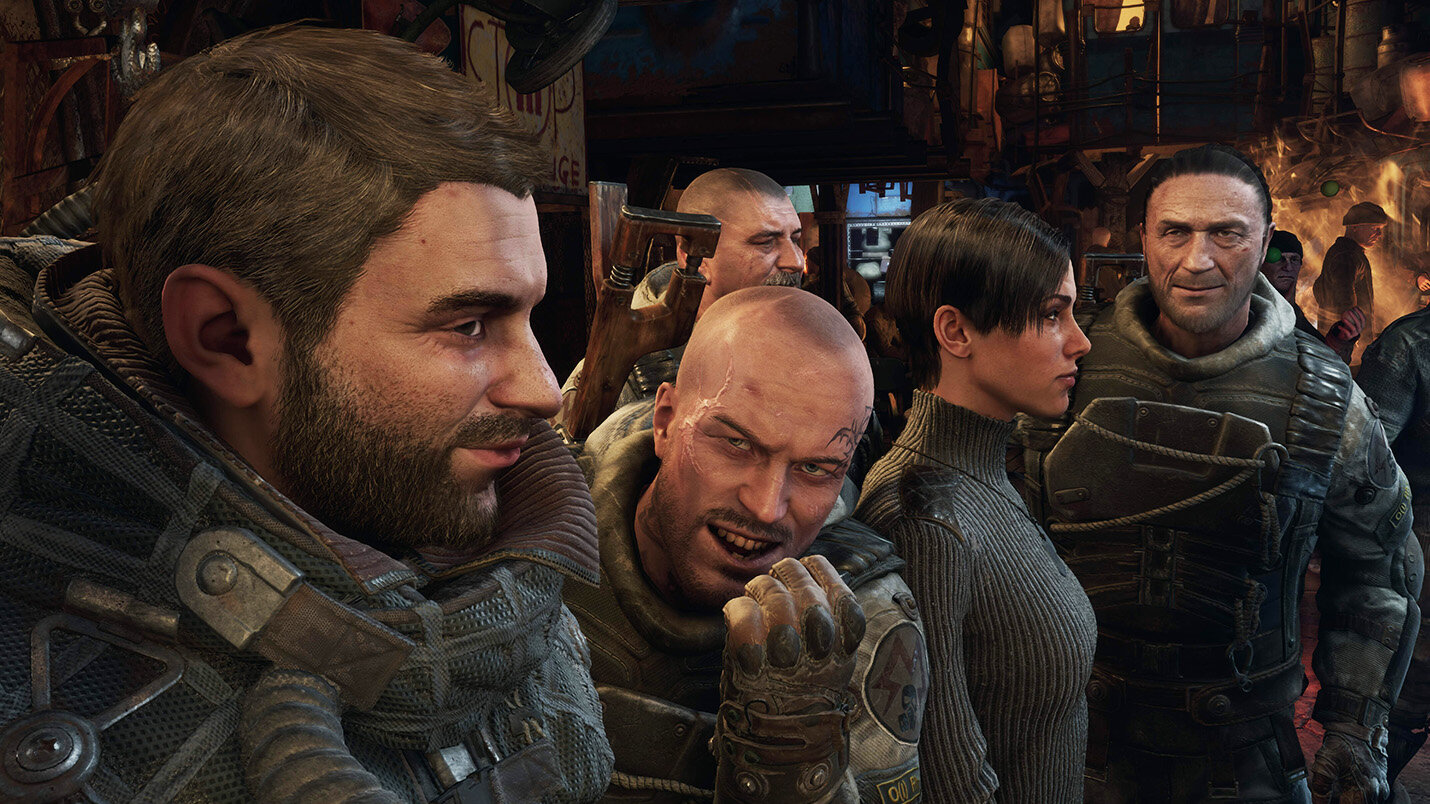Soldato
- Joined
- 26 Oct 2013
- Posts
- 4,243
- Location
- Scotland
Never said all Nvidia customers are uninformed. I said I know people who only buy Nvidia based on what someone told them years ago. Never attacked or said anything about "all customers".I think you are doing Nvidia customers a disservice by saying they are uninformed. The 3080 Ti costed well over £1,200 through its lifecycle. People who will be buying a card like that or a prebuilt with it (likely to have astronomical prices) will be doing their due diligence and know what the alternatives are. I can agree with you if we are talking about something which is £500 or lower but a customer spending a grand on something knows what he is doing.
Also having money does not necessitate knowing what you are talking about. If a football player decided he wanted a PC do you think he would care what it cost or what it was? I have known people who have in the past gone for SLI Titan setups as soon as they were available for no reason other than they could.



